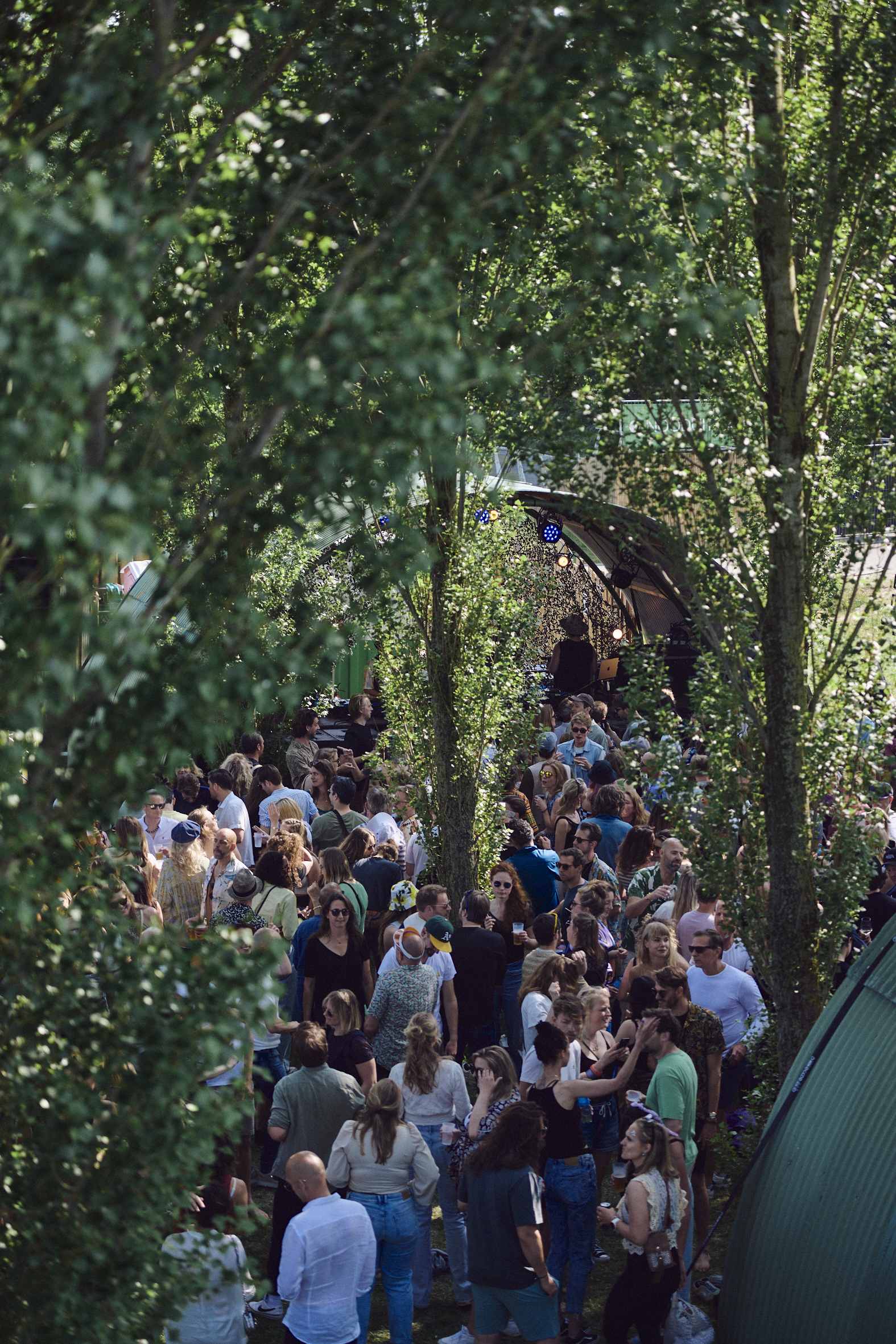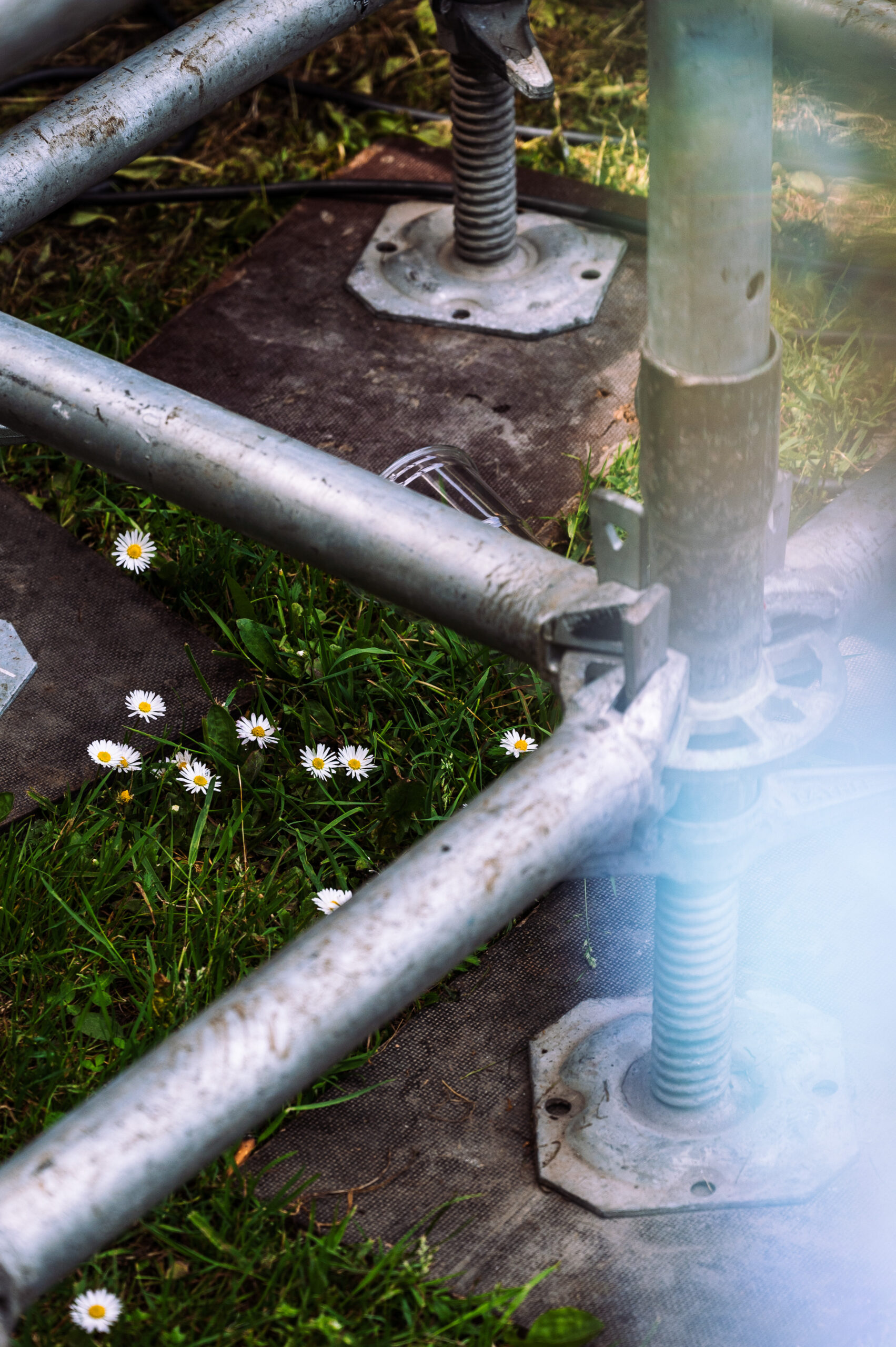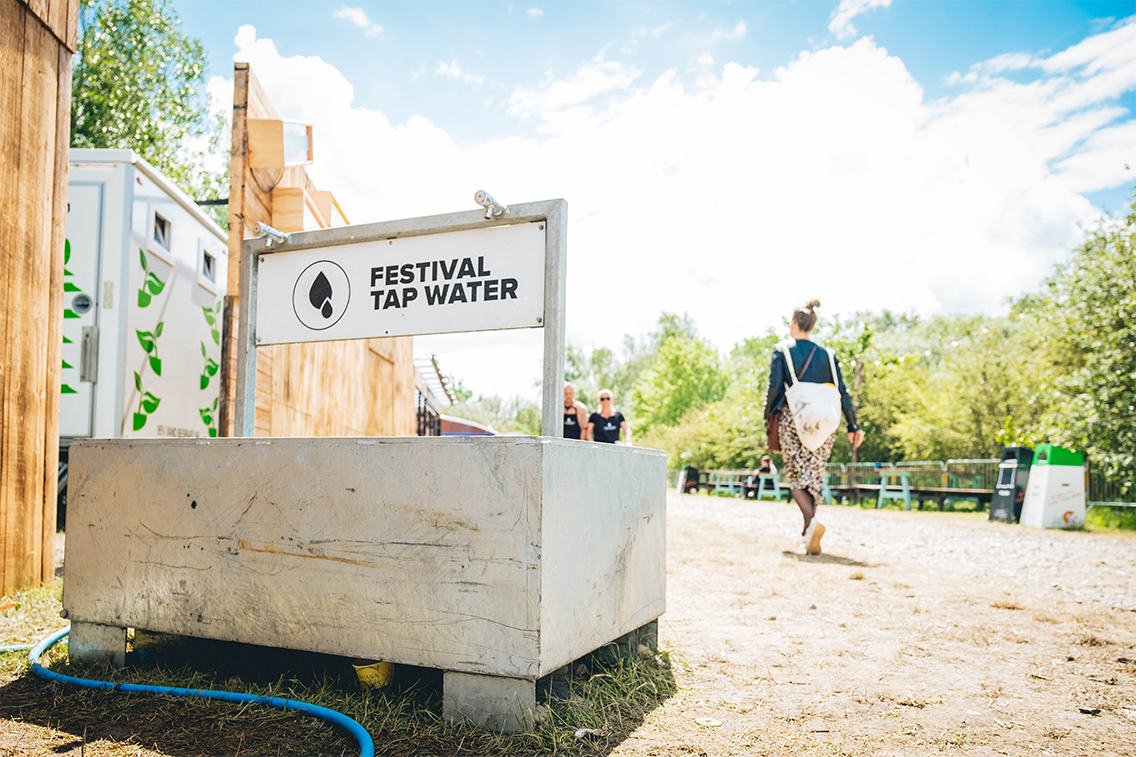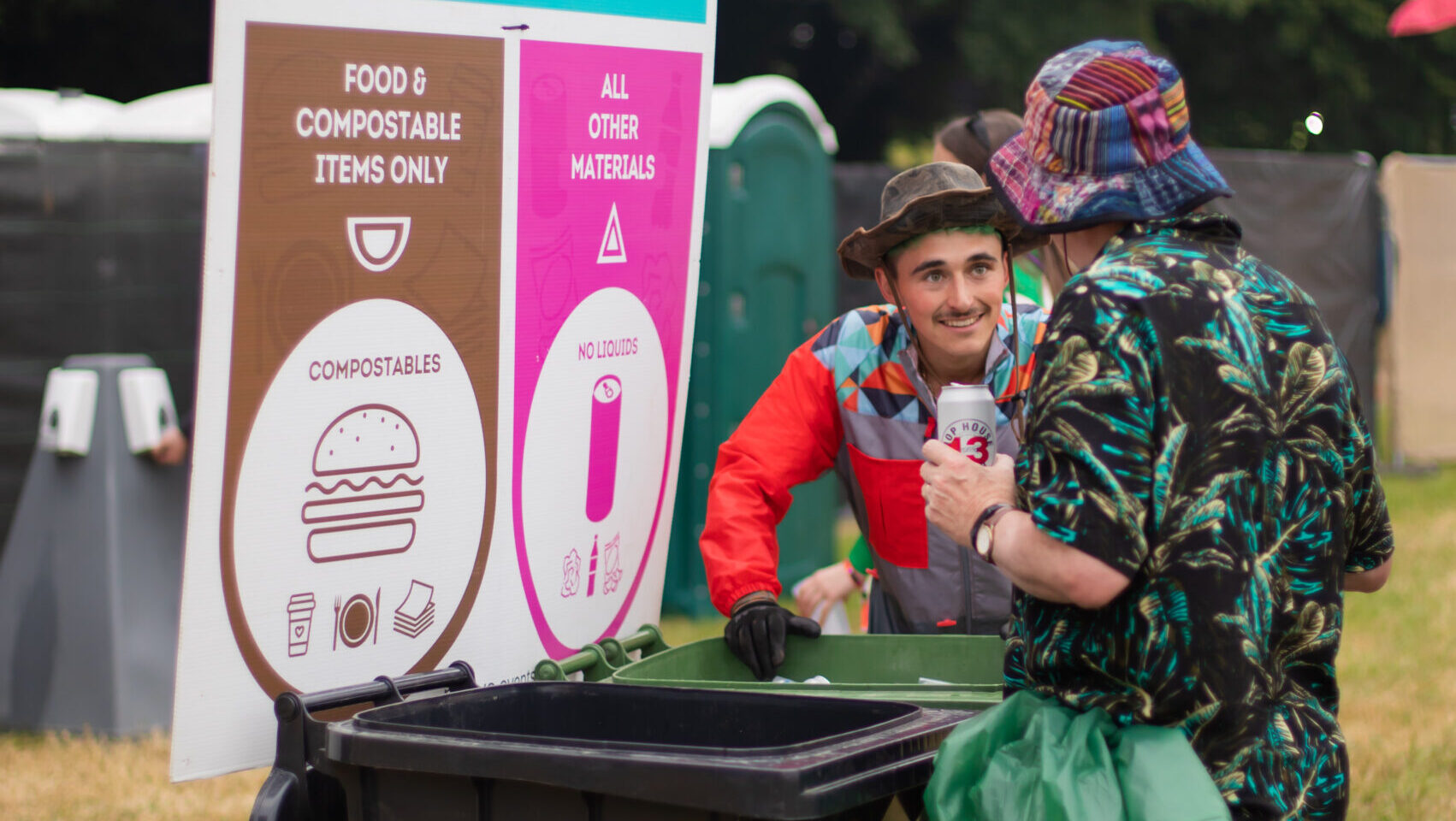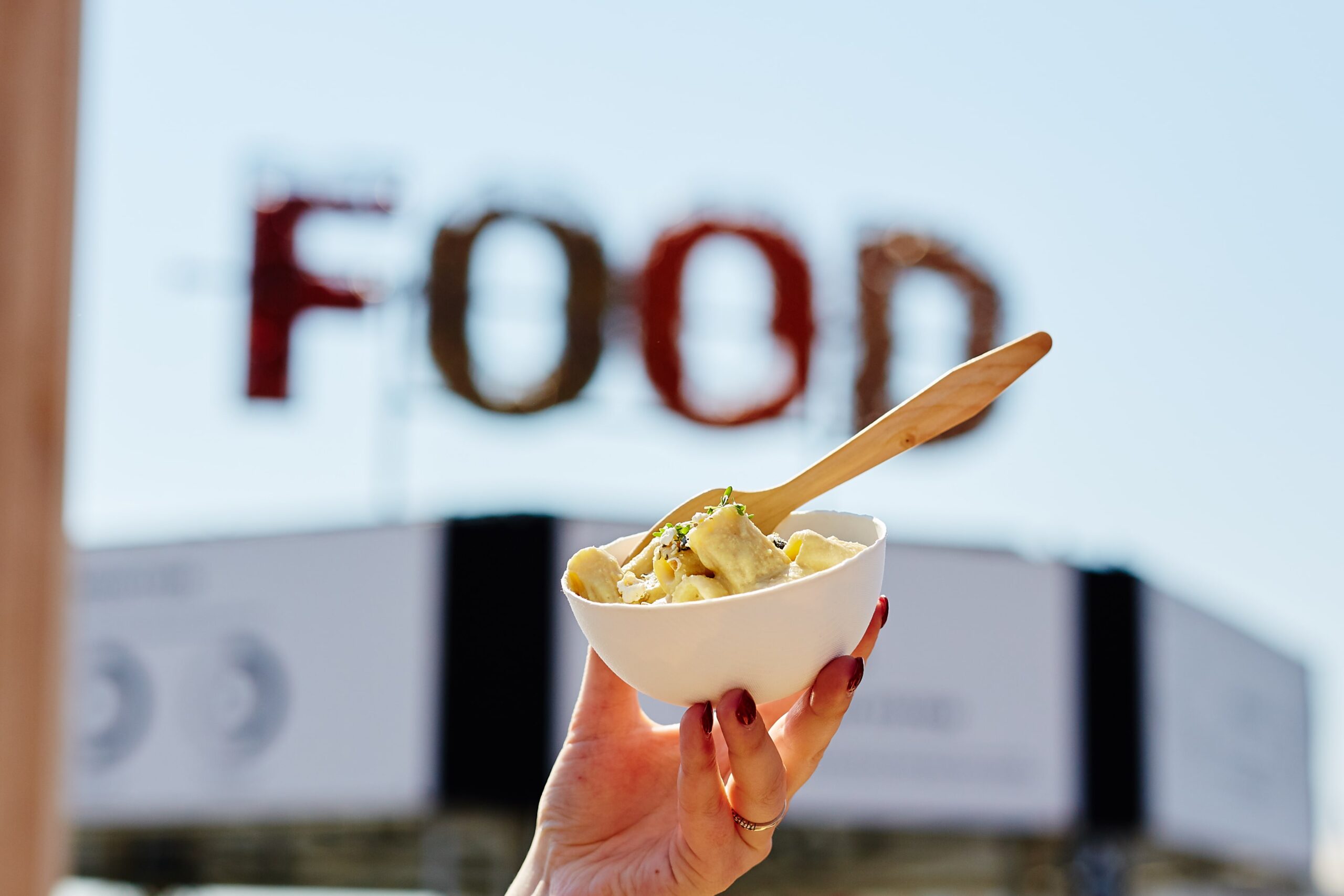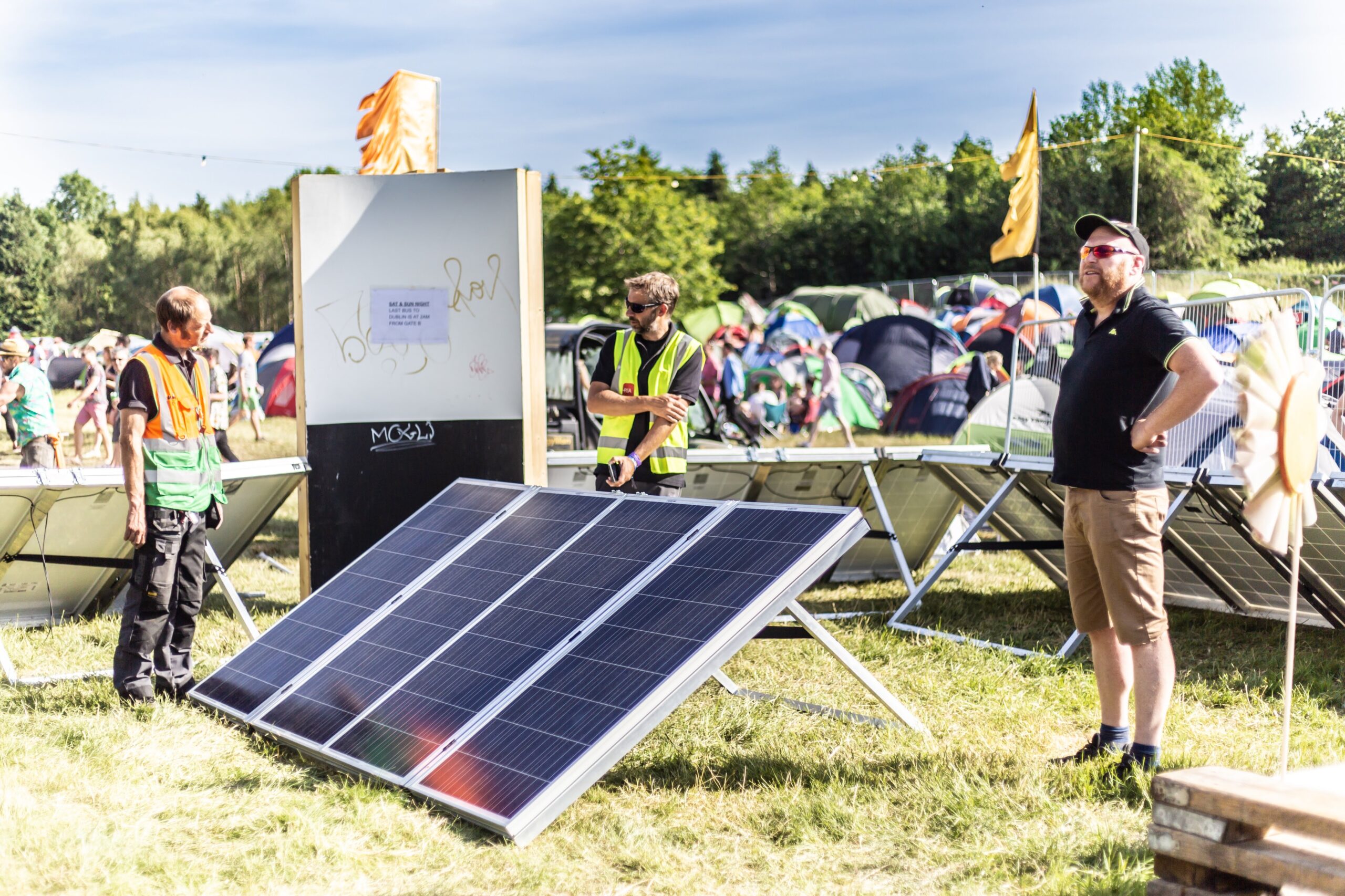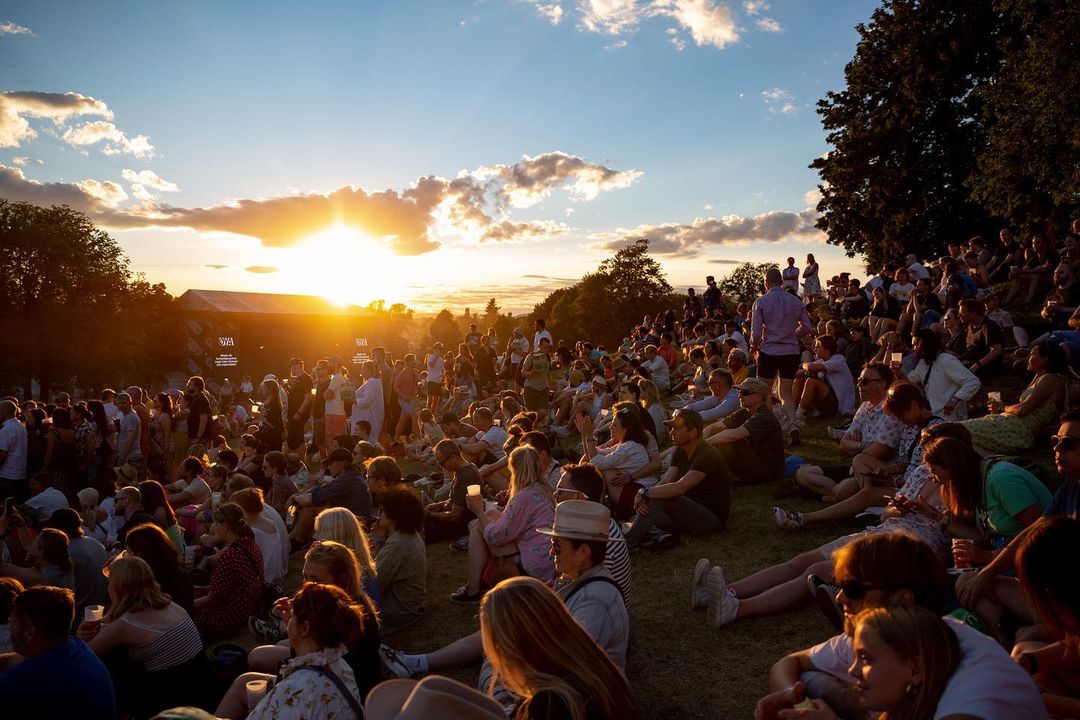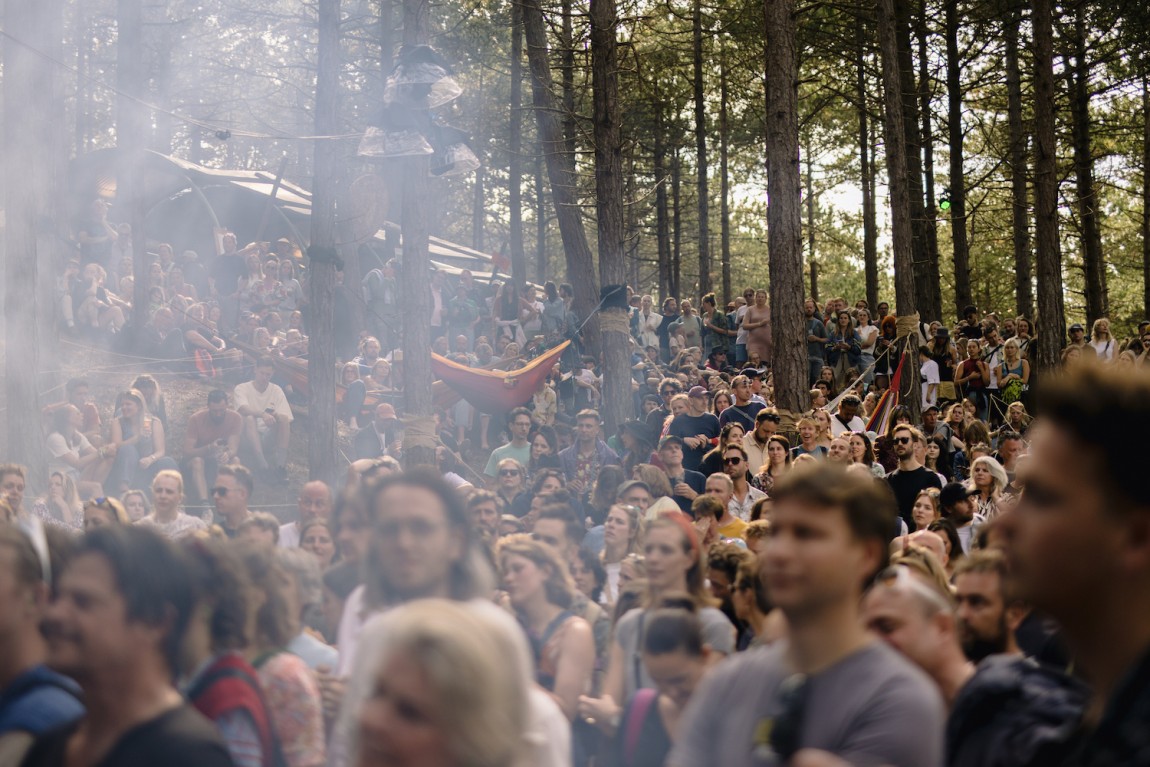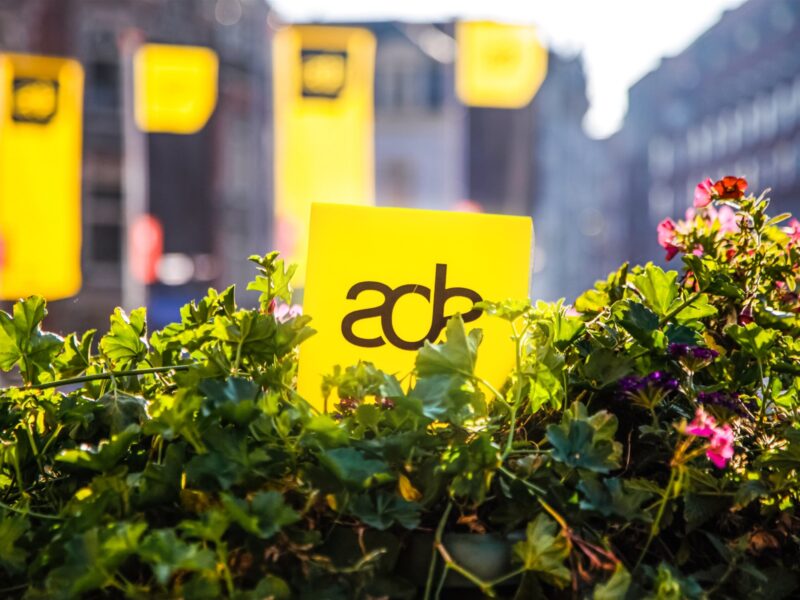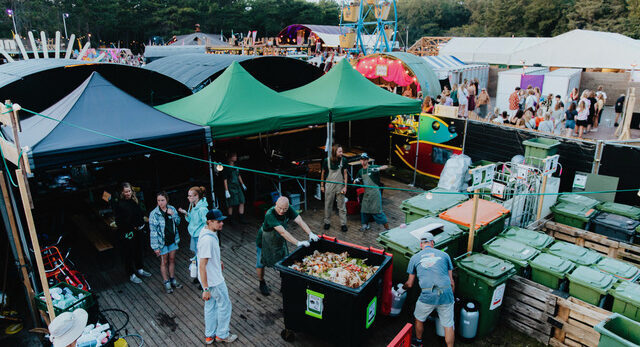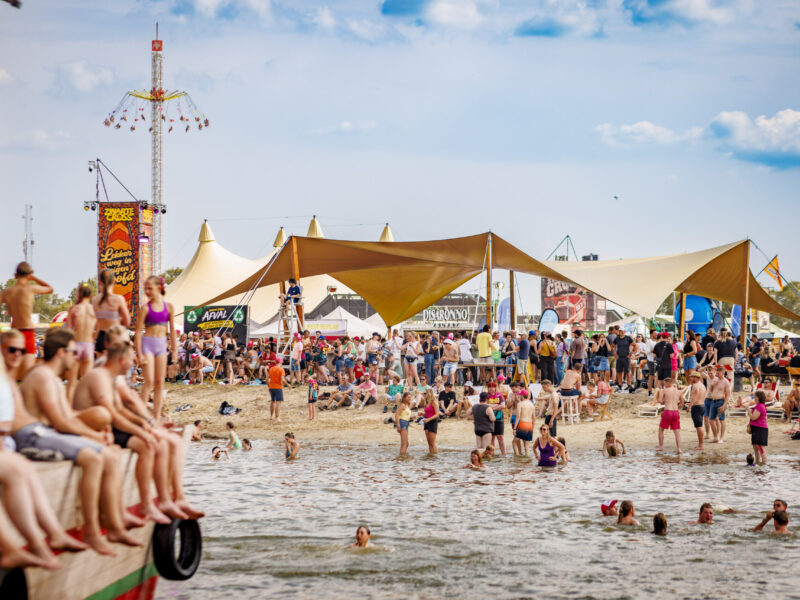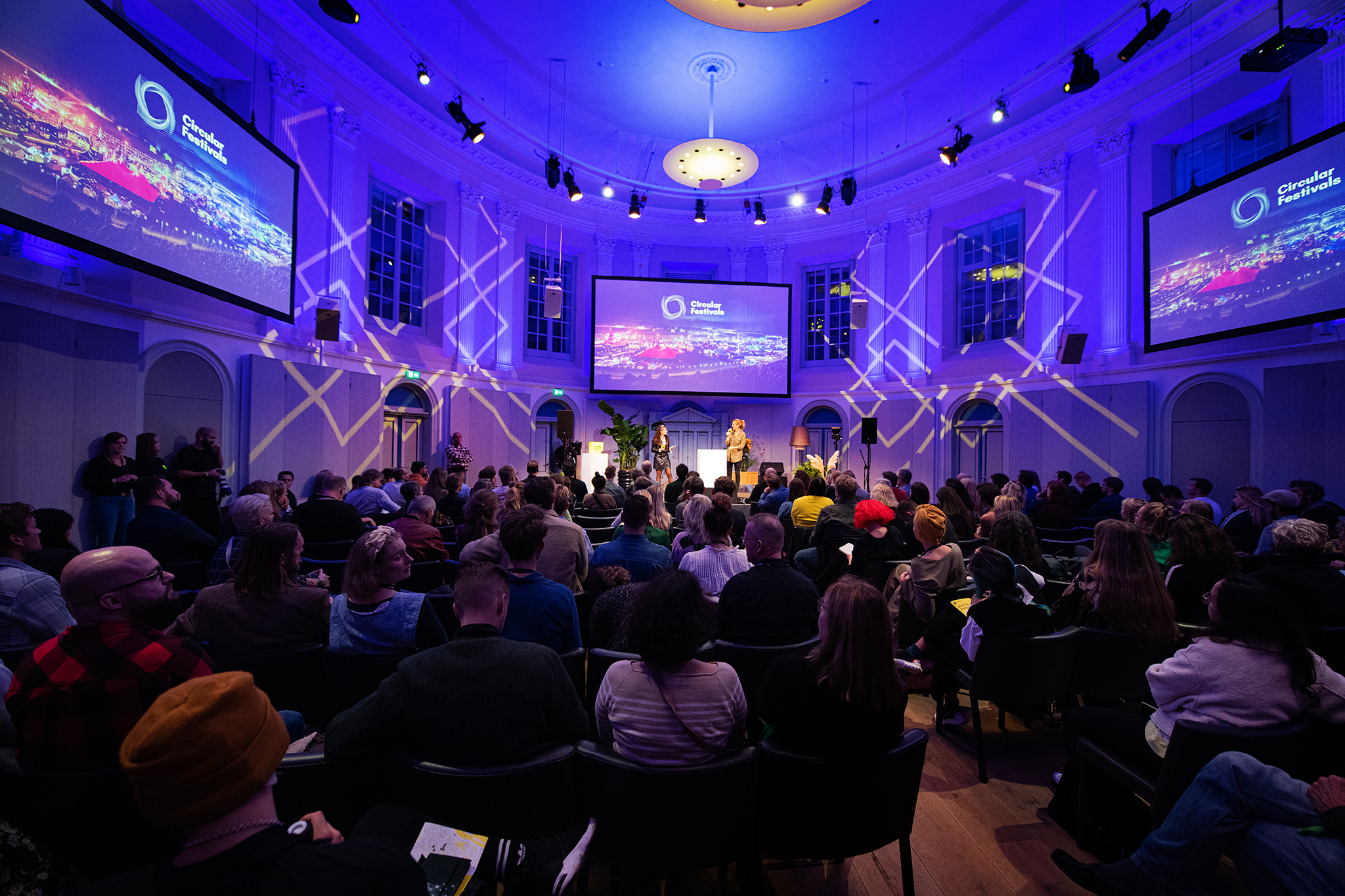
ADE Green presents the model for circular and climate-neutral festivals
Want to join ADE Green?
With only one week to go, this might be your last chance to secure a ticket, so don’t wait too long – get your ADE Green pass here.
The bigger picture
There is only one planet Earth. Yet if society doesn’t set limits to humanity’s current unbridled consumption, our planet will keep consuming as if there were three. That’s why the European Union has set targets for transitioning society towards circularity with net zero emissions. Just like any other sector, the festival industry needs to anticipate the European targets, which are translated by all EU member states into national policies. It is not only a matter of complying with legislation and regulation, it is also important to ensure festival organisations’ future ‘licence to operate’. The model aims to create a future-proof events industry, as events have proven to be a vital part of society, shaping culture throughout history.
Realising the potential
Festivals are not just cultural events, they are potential catalysts towards a more sustainable future. Music, arts and activism inspire dialogues in society, help shaping and reshaping values and aesthetics, and provide guidance for a better and sustainable future. They have the power to inspire a green movement and accelerate society’s transition, making them an integral player in achieving a circular and climate-neutral economy by 2050. However, achieving circularity is not a one-size-fits-all proposition. The diversity of events, from their type to location, audience and supply chains, necessitates a flexible approach – but also common definitions.
Five themes of a Circular and Climate Neutral Festival
The overall ambition to become circular and climate-neutral provides an appealing perspective. Of course. But what does it practically mean for the production of festivals? Five common themes have been specified which account for festivals’ potentially biggest impact: Energy, Materials, Travel & Transport, Water & Sanitation, and Food & Drinks. For each of these, the Circular Festivals model provides common definitions, feasible targets, and a step-by-step approach to help festival organisers navigate their own path towards sustainability.
The synergy of cities and circular festivals
By using this model, festivals can even inspire other sectors – or lead the way in future-proofing cities. By showcasing how to coexist sustainably with our environment, they attempt to answer a vital question: “How can we handle energy, food & drinks, materials, travel & transport and water use, in a circular, or even regenerative, manner?” The beauty of festivals is their ability to evolve and innovate rapidly. Each new edition is a chance to enhance and to push the boundaries of what’s possible. They are living labs, providing valuable insights into how sustainability measures affect the inhabitants of this mini-society. Their power lies not only in their ability to implement sustainable practices but also in their capacity to communicate these ideas in a compelling, engaging way. As festivals help cities in crafting circular societies, they get more ‘license to operate’ and increase their odds for permits.
Progressing the work in progress
The Green Deal Circular Festivals was initiated by the Dutch Ministry of Infrastructure and Water Management and the model is collaboratively defined by 49 participating festival organisations. It is a shared and collaborative perspective, designed to evolve based on the experiences and new insights of festivals. The model is intended to be a work in progress, with all feedback being valuable for its further development. Meanwhile, festivals can get feedback on their own progress too, as the model is launched together with a monitoring tool. The Circular Festivals Monitor has a dashboard to track progress and guide festivals to the next level of circularity and climate neutrality. This step-by-step approach enables festivals to tailor their sustainability journey, while keeping the end-goal clear.
The spot on the horizon: Circular and Climate Neutral Festivals
ADE Green believes in the potential of festivals to contribute to the transition of society to become circular and climate neutral, which is vital for a healthy planet, to protect nature and to safeguard prosperity for future generations. Festivals can play a guiding role to inspire a green movement and accelerate society’s transition. The Circular Festivals Model strives for fully circular and climate neutral festivals, ultimately meaning:
- The festivals fundamentally changes the way of using materials, by adopting Smart Resource Management.
- The organisation organises the festivals Net Zero, by reducing to ‘zero’ all carbon emissions related, and compensating for unavoidable emissions across supply chains.
- The festival positively contributes to the local Communities and Biodiversity, by preventing negative impacts on the local environment of communities, habitats and ecosystems.
Want to learn more about this model of circular and climate neutral festivals?
Make sure to join the Workshop: Green Deal Circular Festivals at ADE Green: through this interactive workshop, organisers, artists, policymakers and other industry professionals will learn more about developing circular solutions, based on the findings of 44 leading festivals from 14 countries. The model will soon be available via the official Circular Festivals website.
That said, there’s ony one week left before ADE Green – and previous editions have always sold out. Make sure to secure your ticket before it’s too late!
This article was written in collaboration with Green Deal Circular Festivals and the Dutch Ministry of Infrastructure and Watermanagement. Words by Niels Arnbak, images by ADE Green (Marco Scheurink, Kim Balster), DGTL, Dekmantel (Angelina Nikolayeva), Into the Great Wide Open (Marleen Annema), Komm schon Alter, Northside (Christian Mørkeberg), and Oya Festival.


